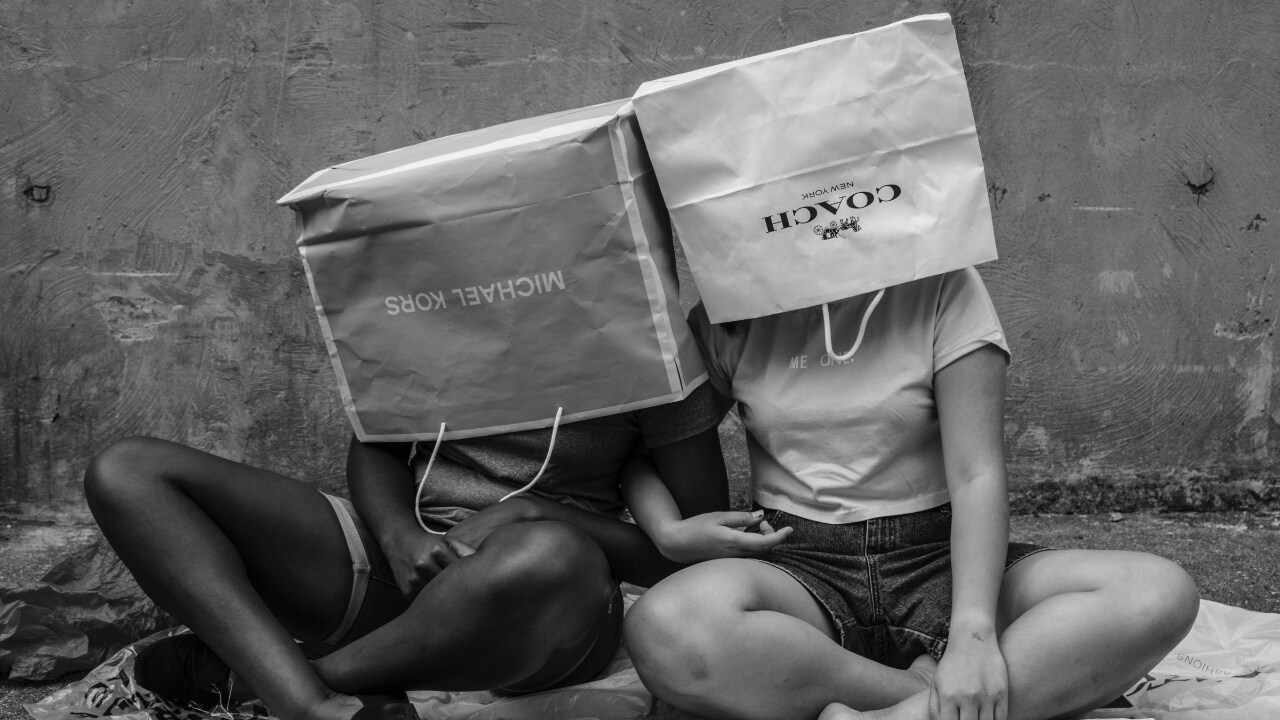TikTok influencers in the US are asking their followers not to buy holy-grail products like the Charlotte Tilbury contour wand, Too Faced’s Better Than Sex volumizing mascara, Dyson’s $599.99 Airwrap hair styler and Olaplex’s shampoos and conditioners, among many other popular and pricey products. Here’s why. In the current economic climate, consumer spending power has dropped and de-influencers are attempting to break the cycle of over-consumption by asking their users to spend wisely. These influencers are suggesting dupes or duplicate which are cheaper versions of the more expensive products.
What does it mean for brands?
A section of branding and marketing experts thinks there is nothing new about de-influencing and it’s just a trendy term that has surfaced on the Internet. They belive that in theory, de-influencing can actually help brands improve their products and marketing, seeing the de-influencer movement as a self-regulating exercise by creators. Often the influencer community is labelled “filtered” and “unauthentic”, defeating the entire purpose of influencer-led marketing which is supposed to be established on a bedrock of authenticity. Some experts see this new trend of influencers getting candid and honest as an opportunity to win the trust of a larger audience.
By de-influencing influencers will find the balance. On the other, some influencers admit that the concept of de-influencing is kind of ironic. At the end of day, by creating content around “buy this, don’t buy that” they are in a way making an influence on their audience and driving consumerism. There are influencers who think that the de-influencing trend is less about identifying products as good or bad, and more about informing their audience about the hype around certain brands.
Turning trends
Reports and opinions from the larger community of marketers suggest that brands do value authentic trends like de-influencing which could unearth meaningful consumer insights. Currently, content creators in the West are joining other de-influencers, creating educational content in addition to making Reels and Shorts on dupes to buy. Some seem to be motivated by the belief that this TikTok version of the conscious consumer movement will help consumer mental health and the environment.
What’s the big question?
The creator economy is evolving at warp speed. Are trends like de-influencing just another blip on its radar?
